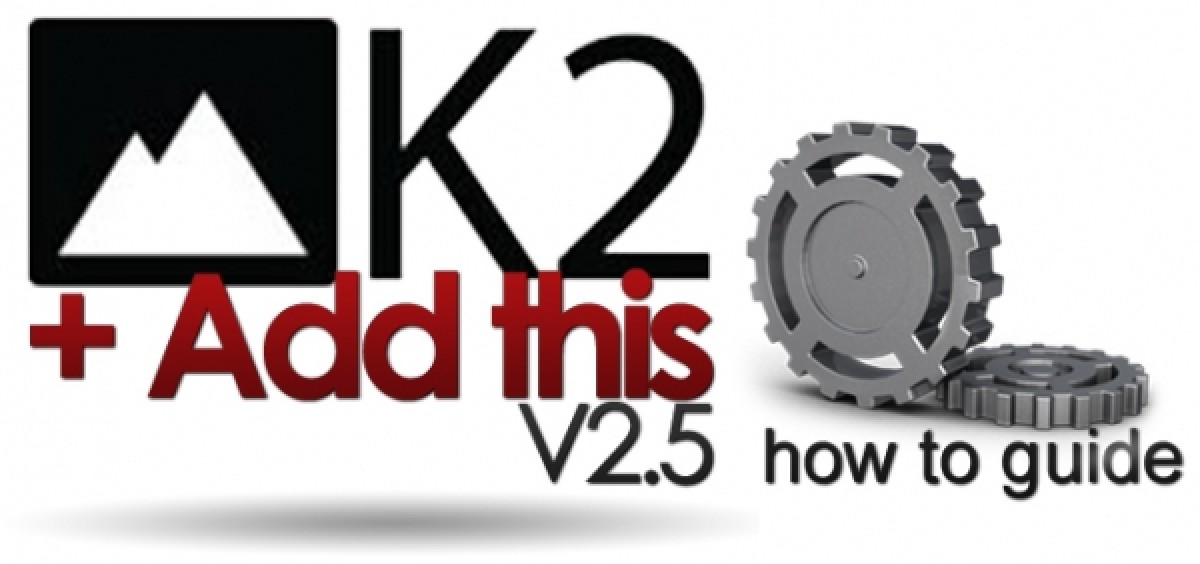What is Noodp?

Noodp is a meta-tag which handles the display of a websites meta data. Google generates meta data or ‘snippets’ which are essentially a description of the titles and contents of each page on a website. One way in which Google generates these snippets is through the open directory project (URL: http://www.dmoz.org), and the use of the Noodp tag is to reduce and control how Google uses the open directory project to create snippets on a website.
This is very similar to the Noydir tag which operates in a fundamentally identical fashion, except that it controls snippets that the search engine Yahoo! Creates on a website from its equivalent of the open directory project: the Yahoo! directory (URL: http://dir.yahoo.com). Both Noodp and Noydir both control the method in which a website is displayed through their corresponding search engines in the results page. The title of a page and its description within the results page is created from snippets originating from the global directory project or Yahoo! directory. Naturally, using the Noodp and Noydir tag restricts this automated display of a website and gives the owner more control on how it is presented. This is advantageous as snippets created by the open directory project can be old of date, inaccurate or could simply be poorly written. Naturally, this can result in reduced site traffic by a small amount due to a reduction in page ranking, so the Noodp can be beneficial to the overall performance of a website. To edit a website so that these tags and their benefits are implemented the following is added into the HTML:
…This inserts the Noodp tag.
…This inserts the Noydir tag. Alternatively, you can prevent all search engines from generating snippets in this fashion by using the following:
To summarise, Yahoo! and Google automatically generate snippets of data from the content of a website which helps to generate the titles and descriptions shown on the search engine results page. By using the Noodp and Noydir tags one can take control of how their websites are displayed which ultimately improves site traffic and page rankings.









